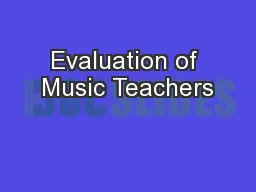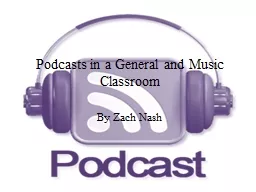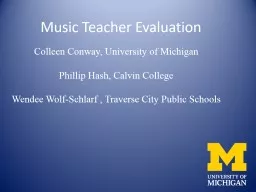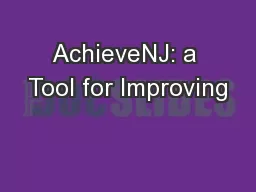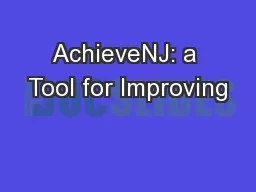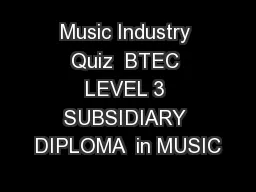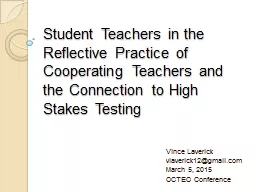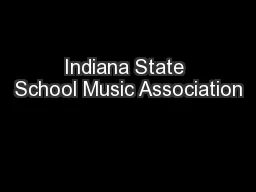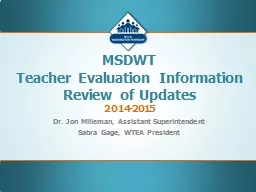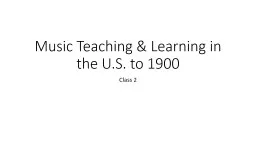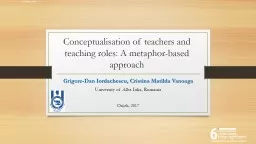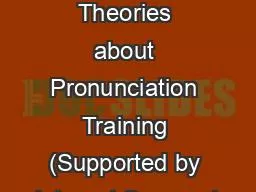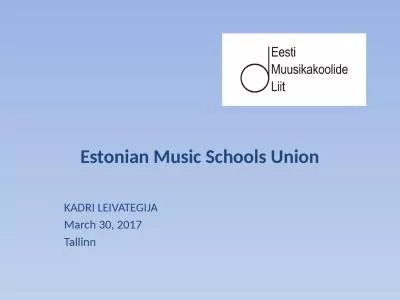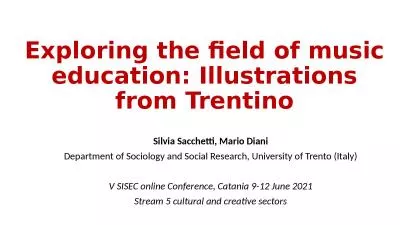PPT-Evaluation of Music Teachers
Author : calandra-battersby | Published Date : 2017-01-18
Colleen Conway University of Michigan conwaycmumichedu Phillip Hash Calvin College pmh3calvinedu ACCESS PPT NOTES AT WWWPMHMUSICWEEBLYCOM Session Overview
Presentation Embed Code
Download Presentation
Download Presentation The PPT/PDF document "Evaluation of Music Teachers" is the property of its rightful owner. Permission is granted to download and print the materials on this website for personal, non-commercial use only, and to display it on your personal computer provided you do not modify the materials and that you retain all copyright notices contained in the materials. By downloading content from our website, you accept the terms of this agreement.
Evaluation of Music Teachers: Transcript
Download Rules Of Document
"Evaluation of Music Teachers"The content belongs to its owner. You may download and print it for personal use, without modification, and keep all copyright notices. By downloading, you agree to these terms.
Related Documents

